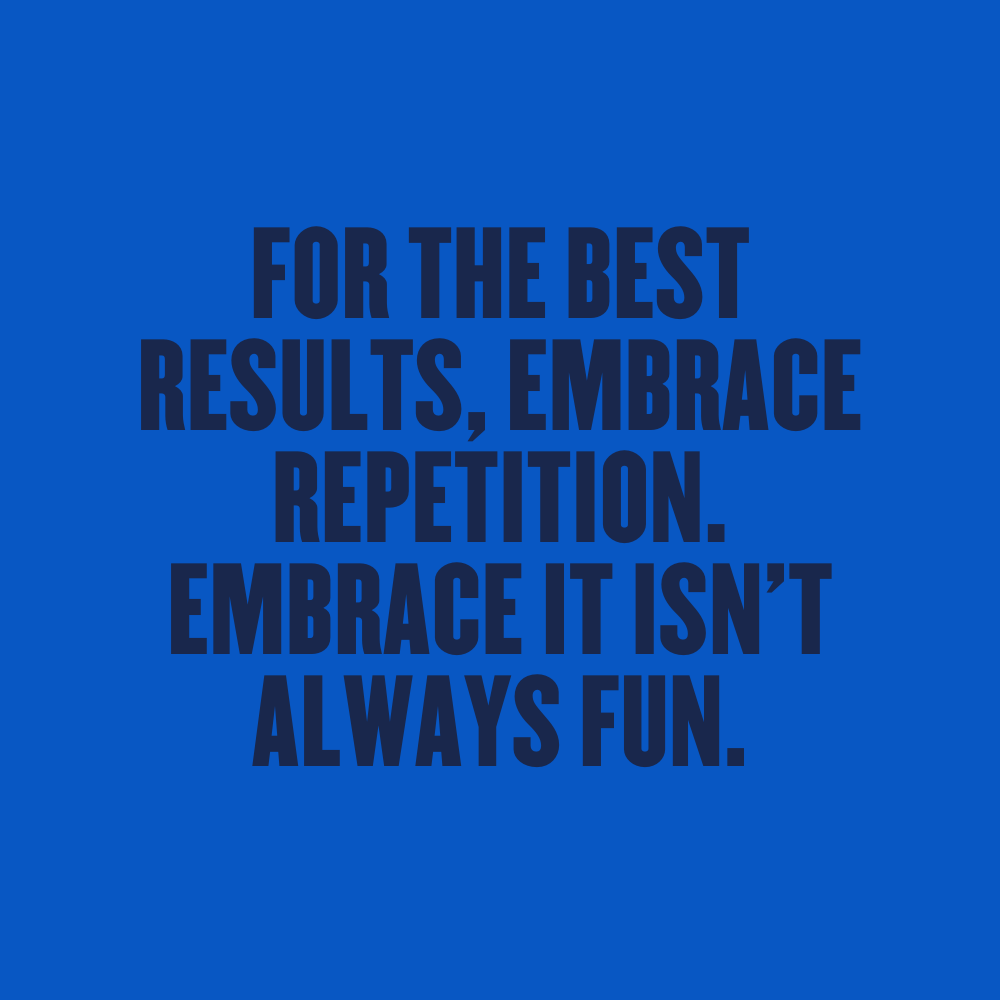UNDERSTANDING THE NUMBERS ON THE ROWING MACHINE.
Are you still confused by the number in the middle of your screen? The one that might say something like 2:15/500m?
Though we often use the calories setting, it’s also important to understand the traditional rowing split time. This is how rowers measure their speed.
Real simple: If the monitor says 2:00/500m, this means it will take you 2:00 to row 500 meters. Pretty simple, right? Therefore, if you held 2:00 for 2,000 meters it would take you 8:00 to complete the 2 km row (500 x 4 = 2,000 and 2:00 x 4 = 8:00). Grade 7 mathematics in action!
One of the biggest mistakes we see people make in terms of their pacing, for example, a 2 km row, is going out too hard at the start of a rowing piece because they’re not paying attention to their speed at all or have no clue what rate they should be holding even if they did.
Then when we look at the memory on their machine after their piece, sure enough, they rowed the first 400 meters at a 1:45 split, and by the final 400 meters, they were dogging it at a 2:20 split. Again, this is similar to sprinting the first 400 meters of a mile and then walking the final 400 meters.
Here’s a simple way to get to know what a sprint pace feels like, versus a medium effort pace, versus a warm-up speed:
After a good warm-up where you get your heart rate up a couple of times, set your machine’s monitor for 500 meters and do an all-out 95 percent effort 500-meter sprint. At the end, check your memory on your monitor. How consistent was your split? Consistent means every 100 meters of your 500-meter piece was within two to three splits of one another.
For example, if your first 100 meters was a 1:45 average, your second was a 1:46, your third a 1:46, your fourth a 1:47 and your fifth a 1:45, you’re right on point. However, if you started out at a 1:45 split during the first 100 or 200 meters and petered to a 2:05 and eventually a 2:10, you definitely went out too hard and were not consistent at all.
Work on figuring out what a consistent sprinting speed for 500 meters feels first and foremost. It might take some trial and error, but it is possible. Seasoned rowers can shut their eyes or flip their machines up and row the exact same split for 30 minutes without looking at the machine. Seasoned runners are the same way: They know what various speeds feel like, and they know what rate to hold for various distances.
Once you figure out what a hard and consistent 500-meter row feels like, you can use that number to figure out how fast to go during a 1,000-meter row, a 2,000-meter row, or during a multi-modal conditioning workout featuring rowing and other movements.
Pro tip: As a general rule, if your max effort (10/10) 500-meter row is 1:45, you can expect your hard 1,000-meter row to be an average of 4 to six splits higher than that, and your 2,000-meter row to be 8 to 12 splits higher than your 500-meter speed. In this case, this would mean you could expect to hold between 1:49 and 1:52 for a hard 1,000-meter effort and between 1:53 and 1:57 for a hard 2,000-meter effort.
Note that those are speeds for hard, all-out efforts. Most sessions we do, however, are not meant to be all-out efforts, so it’s also important to know what your 6, 7 and 8 out of 10 efforts feel like at each distance, as well.
Row your boat, and reach out for more help if need be.
Keep Reading






















































